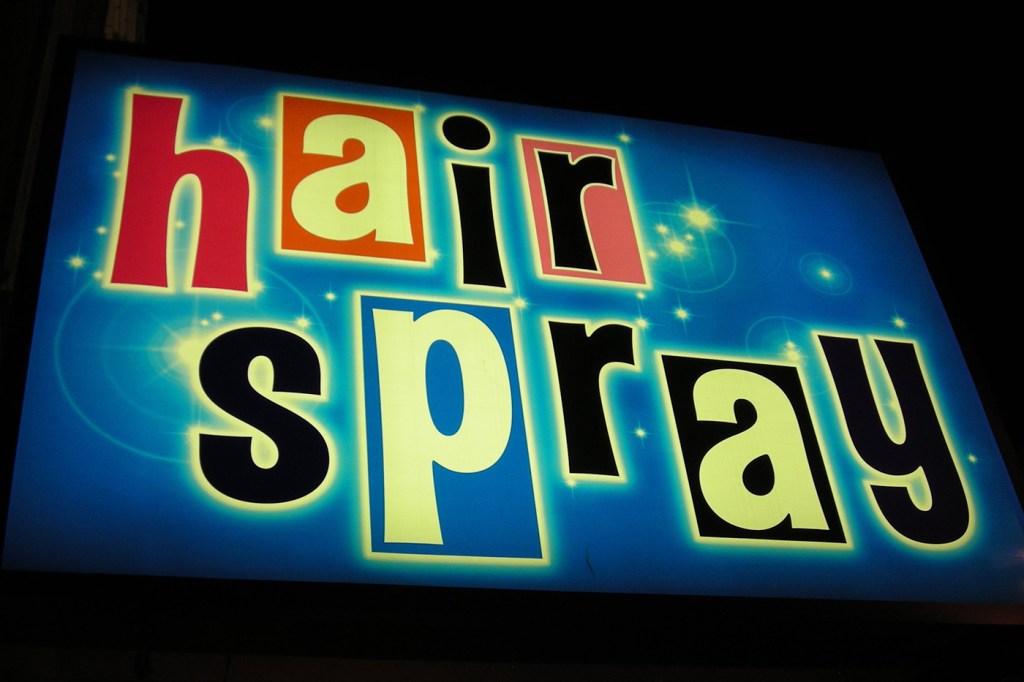The high notes—and low notes—of live TV musicals

In the past three years, seven live musicals have been broadcast on network TV—including NBC’s The Sound of Music Live! and Hairspray Live!, the latter of which aired earlier this month. The resurgence of live theatrical performances on TV is likely a reflection of networks trying to connect to an audience that increasingly expects on-demand programming, says Scott Edmiston, professor of the practice and chair of the Department of Theatre.
While some of the musicals have been successful in their own right, Edmiston contends that nothing can truly replace the experience of seeing a live stage production. We asked him about a few other aspects of the made-for-TV resurgence.
What do you think is driving the resurgence of broadcasting live theater productions on TV? Do you foresee it continuing?
I believe the whole live musical concept reflects how the major networks are trying to find a way to hold on to audiences who are fleeing to on-demand and streaming services. NBC is attempting to create unique, special event programming that is “must see” and in the moment. It’s a great idea, and I hope it will continue. I’d love to see more live theater broadcasts, including plays as well as musicals.
By choosing these popular musicals, the networks are aiming to recreate a shared event that a whole family can enjoy together—often at holiday time. For the parents and grandparents, it’s probably nostalgic. But for the children, it’s introducing them to the unique joys of a stage musical.
—Scott Edmiston, professor of the practice and chair of the Department of Theatre
The live shows that have been televised so far—The Sound of Music, Peter Pan, The Wiz, and Grease, among others—have been adapted from wildly popular stage shows. What do you think makes these particularly well-suited for the TV screen?
To date, all the live broadcasts have been musicals designed to appeal to a broad family audience. There was a time in the 1950s and ’60s when Broadway plays and musicals were frequently produced on television. Back then, there were only three networks, so all audiences were intergenerational. Stage star Mary Martin had a great success in Peter Pan on Broadway in 1954, and it was broadcast live on television the following year to 65 million people who would never have been able to see the production in New York. In contrast, this month’s Hairspray Live! had a viewership of 9 million. Today, because of cable and streaming, television viewing has become selective and compartmentalized. By choosing these popular musicals, the networks are aiming to recreate a shared event that a whole family can enjoy together—often at holiday time. For the parents and grandparents, it’s probably nostalgic. But for the children, it’s introducing them to the unique joys of a stage musical. It’s also been great seeing these old favorites produced with diverse and multicultural casts.
In your opinion, have these TV adaptations been successful? Is anything lost or gained in translation from stage to screen?
Frankly, I thought the first two were terrible. I appreciated that the producers were using fresh talent, but some of the performances were dreadful and the camera work clunky. I think they’ve been improving. Grease was directed by Hamilton’s director Thomas Kail, and Hairspray cast a bevy of experienced musical theater talents like Harvey Fierstein, who recreated his stage role. Casting pop stars can be fun, but sometimes they don’t have the technique to carry a big musical. I enjoy the TV musicals most when they don’t attempt too many zooming camera shots like a film and just allow the stage performers to be seen clearly—as if you had the best seats in the theater.
What are some of the differences between performing a musical on stage versus performing it in a studio for a television audience?
Some of the live TV musicals were filmed without an audience, which gave them an airless, flat quality as if the actors were trapped in a basement bunker. They lacked the excitement of live theater, of an audience listening and responding to the performers in a way that gives them energy. With Grease and Hairspray, live studio audiences were incorporated into the filming and helped provide some of that infectious spontaneity and vitality you expect from a Broadway musical.
In an interview with Vanity Fair, Hairspray Live! director Kenny Leon said he hopes the small screen musicals will “inspire people to leave their screens at home, go sit among strangers and watch real theater—where everything is live.” Do you think the live TV musical genre is valuable in itself, or is better used as a means to an end?
I agree with Leon. Even the best TV musical is still being seen through a screen. There is nothing like the chill that goes down your spine when a great musical is happening right in front of you. Like they say in Hamilton, “you wanna be in the room where it happens.”





